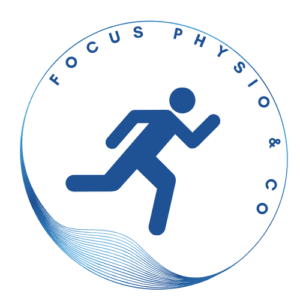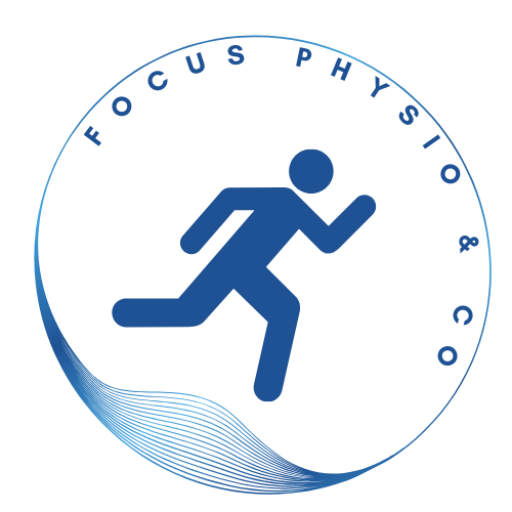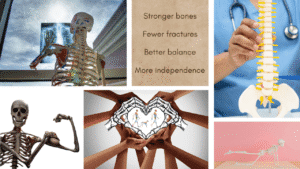Falls aren’t just “part of getting older”! They’re often the result of silent warning signs that go unnoticed until the damage is done. Whether you’re looking out for yourself, a parent, or a patient, these five facts will flip what you think you know about staying upright.
1. Cognition is king
It’s not just your legs that keep you standing, it’s your brain. Even mild cognitive changes (like slower thinking or forgetfulness) can affect how you move through space, avoid hazards, and multitask while walking. A person with perfect strength can still fall if their brain can’t react in time.
2. The warning signs start early and quietly
That tiny stumble, that occasional use of the hallway wall, or suddenly choosing the lift instead of the stairs? These might seem like nothing, but they’re often the body’s way of saying, “Hey, something’s off.” These “pre-fall behaviours” are early warning signs, and catching them early gives you the best chance to intervene before a major injury.
3. Grip strength predicts more than handshake power
If your grip is weak, your fall risk may be stronger. Research shows low grip strength is linked with reduced leg strength, slower walking speed, and higher overall frailty – all major risk factors for falls. It’s one of the quickest ways to screen for hidden weakness, and the great news? A solid strength program can boost both grip and overall resilience.
4. Your feet are the foundation — treat them like it
Foot pain, bunions, poor footwear, and numb toes can sabotage your balance. And don’t get us started on slippery socks or floppy slippers. The best defence? Firm, grippy soles, regular physio or podiatry check-ups, and daily foot mobilisation. Foot awareness is fall prevention – plain and simple.
5. Balance training is good… especially when paired with strength training
Standing on one leg has its place, but if you’re skipping squats, you’re missing the main event. Leg strength, especially in your hips and thighs, is the real MVP when it comes to staying upright. Functional strength exercises like sit-to-stands and step-ups have far more impact than you might realise.
Final Thoughts
Falls are common, but they’re not inevitable. The key lies in catching subtle changes early and taking a proactive whole-person approach — brain, body, and everything in between. Watch this 30 minute talk that Adriana recently gave at a local group for more info.
If you or someone you love is showing early warning signs, don’t wait for a fall to take action. Book a session with one of our experienced exercise physiologists where they can help you discover what group classes might suit you best or recommend private sessions. We’ll help you stay strong, steady, and confident on your feet.





